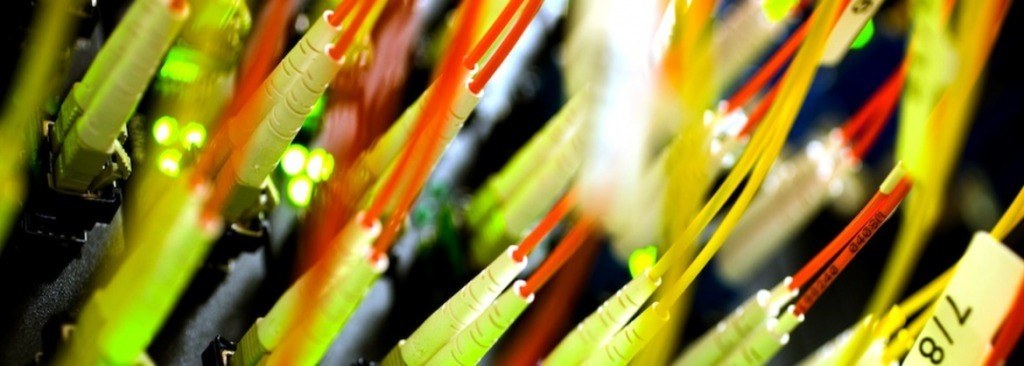Combell now has direct peerings with Amsterdam Internet Exchange (AMS-IX)
At the beginning of this year, Combell started its subsidiary company Unitt in the Netherlands, with a particular focus on infrastructure, which is 100% customised. In order to better serve our Dutch customers, we have signed a few peering agreements via Amsterdam Internet Exchange (AMS-IX). Peerings (connections) with Akamai, Microsoft, Versatel, Vodafone, XS4ALL, Yahoo! and Ziggo (among others) are already active and handle large volumes of traffic.
Major upgrade for the foreign infrastructure
In addition to its four nodes that Combell has in its Belgian data centres, which provide a data transfer rate of 42Gbit/s to the Internet, a new infrastructure has now also been set up in our data centre in the Netherlands. The data transfer rate of the connection between our Dutch data centre and our Belgian data centre is now of 10 Gbit/s.
Combell chose to connect its own infrastructure directly to AMS-IX, because it has many benefits, especially when something goes wrong with the physical hardware, with lost network connections as a result. Now, we can limit noticeable interruptions for our customers to just a few seconds, where in other cases (without our own infrastructure) they could have lasted longer than 90 seconds.
By having control over the infrastructure and not dealing with an intermediary, as was often the case, Combell also enjoys more transparency within its network. When we need to locate problems, we can work in a faster and more efficient manner.
Peerings, what exactly are they?
The Internet is an interconnection of multiple networks. So, it is almost impossible to connect directly to all the networks in the world. This is why there are many agreements that make it possible to get Internet data packets from one side of the world to the other. This can be done via a peering or transit agreement:
- Transit: if the data are transmitted via a transit agreement, there are no direct agreements between two partners to exchange traffic directly. The networks are then just used as a gateway (“transit”) to reach the desired destination.
- Peering: two partners agree to exchange traffic (usually for free), without intermediaries. This is why, to make this technically possible, they often use an Internet node such as AMS-IX.
By signing peering agreements with large providers that handle large volumes of traffic, like Combell does, there are many benefits for both parties. The main benefit is that there are fewer hops (the portions of the path an Internet data packet needs to go through to reach its destination), with faster traffic as a result. This way, the latency, which is the maximum delay to reach the destination, is also much lower.
Combell has a good combination of both transit and peering traffic. If we notice that a large part of the traffic from and to our customers could flow more efficiently, choosing a peering agreement is a strategic choice. Through constant analysis of all the traffic, we can obtain a good balance in our entire network traffic.



